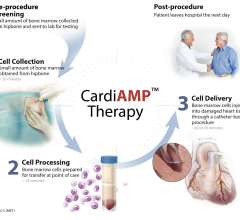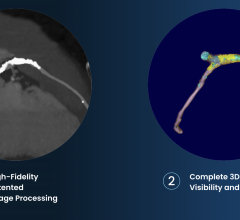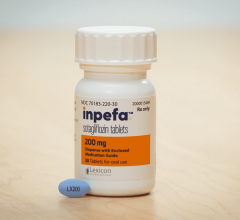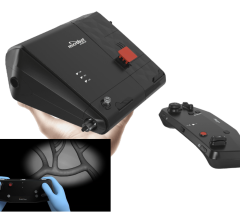
Registry Report Provides Snapshot of Interventional Cardiology Data Analyzed From Over 2 Million Procedures
January 3, 2013 — A report from the CathPCI Registry, a data registry that includes information from 85 percent of the heart catheterization laboratories in the United States, is providing a vivid snapshot of the current practice of invasive cardiology.
The CathPCI Registry, part of the American College of Cardiology’s National Cardiovascular Data Registry, includes 1,488 facilities that conduct diagnostic tests and procedures to open blocked arteries by inserting diagnostic tools or stents through arteries or veins. The Society for Cardiovascular Angiography and Interventions collaborates with the ACC on the CathPCI Registry.
“These data will be of interest to the cardiovascular community because they show us where we are and where we can find opportunities for quality improvement,” said Gregory J. Dehmer, M.D., lead author.
The report published in the online version of JACC: The Journal of the American College of Cardiologyanalyzes data from 1.1 million patients undergoing diagnostic cardiac catheterization procedures and 941,248 patients who underwent angioplasty and stenting, known as percutaneous coronary intervention or PCI, from Jan. 1, 2010, through June 30, 2011.
Highlights from the report:
- Patient risk factors: Almost 80 percent of angioplasty and stent patients were overweight, including 43 percent who were obese. Other risk factors were also prevalent: 80 percent had high blood cholesterol levels, and 82 percent had high blood pressure. Almost 28 percent of patients who underwent PCI were current or recent smokers.
- Access to arteries for assessment and treatment: During the time period analyzed, patients’ arteries were more likely to be accessed through an artery in the thigh — known as femoral access — than through an artery in the wrist (transradial access). Femoral access was used in just over 90 percent of procedures vs. single-digit use of radial access. (8.3 percent for diagnostic tests and 6.9 percent for angioplasty and stenting procedures).
- Patient presentation: Among the patients undergoing angioplasty and stenting, 70 percent presented with heart attack or other acute symptoms, while approximately 18 percent had stable angina and 12 percent had atypical symptoms or no angina.
- Procedural volume per facility: Twenty-six percent of the facilities were low-volume facilities, performing fewer than 200 angioplasty and stent procedures a year but these facilities accounted for only 4 percent of the total number of angioplasty and stent procedures during the study period.
- Door-to-Balloon Time: Patients suffering a severe heart attack (ST-elevation myocardial infarction, or STEMI) who arrived at an angioplasty-capable hospital, the average time from hospital arrival to treatment was 64.5 minutes. Patients who required transfer to another hospital, the average time from arrival at the first hospital to treatment was 121 minutes.
- This report also appeared in the Nov. 13, 2012, print issue of JACC.
For more information: www.cardiosource.org/ACC, www.scai.org


 November 18, 2024
November 18, 2024 







